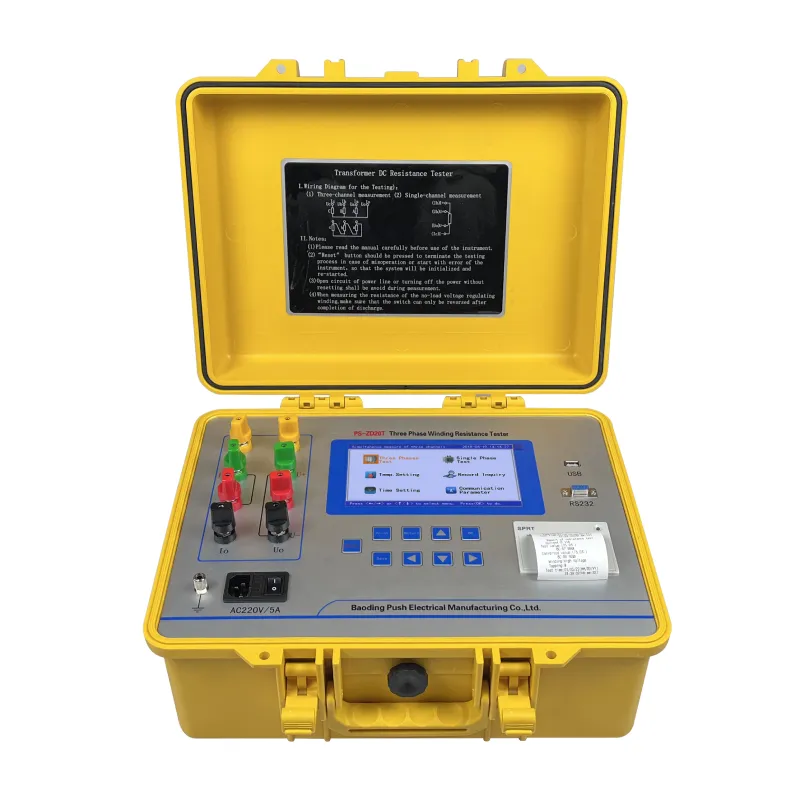 English
English



-
 Afrikaans
Afrikaans -
 Albanian
Albanian -
 Amharic
Amharic -
 Arabic
Arabic -
 Armenian
Armenian -
 Azerbaijani
Azerbaijani -
 Basque
Basque -
 Belarusian
Belarusian -
 Bengali
Bengali -
 Bosnian
Bosnian -
 Bulgarian
Bulgarian -
 Catalan
Catalan -
 Cebuano
Cebuano -
 China
China -
 China (Taiwan)
China (Taiwan) -
 Corsican
Corsican -
 Croatian
Croatian -
 Czech
Czech -
 Danish
Danish -
 Dutch
Dutch -
 English
English -
 Esperanto
Esperanto -
 Estonian
Estonian -
 Finnish
Finnish -
 French
French -
 Frisian
Frisian -
 Galician
Galician -
 Georgian
Georgian -
 German
German -
 Greek
Greek -
 Gujarati
Gujarati -
 Haitian Creole
Haitian Creole -
 hausa
hausa -
 hawaiian
hawaiian -
 Hebrew
Hebrew -
 Hindi
Hindi -
 Miao
Miao -
 Hungarian
Hungarian -
 Icelandic
Icelandic -
 igbo
igbo -
 Indonesian
Indonesian -
 irish
irish -
 Italian
Italian -
 Japanese
Japanese -
 Javanese
Javanese -
 Kannada
Kannada -
 kazakh
kazakh -
 Khmer
Khmer -
 Rwandese
Rwandese -
 Korean
Korean -
 Kurdish
Kurdish -
 Kyrgyz
Kyrgyz -
 Lao
Lao -
 Latin
Latin -
 Latvian
Latvian -
 Lithuanian
Lithuanian -
 Luxembourgish
Luxembourgish -
 Macedonian
Macedonian -
 Malgashi
Malgashi -
 Malay
Malay -
 Malayalam
Malayalam -
 Maltese
Maltese -
 Maori
Maori -
 Marathi
Marathi -
 Mongolian
Mongolian -
 Myanmar
Myanmar -
 Nepali
Nepali -
 Norwegian
Norwegian -
 Norwegian
Norwegian -
 Occitan
Occitan -
 Pashto
Pashto -
 Persian
Persian -
 Polish
Polish -
 Portuguese
Portuguese -
 Punjabi
Punjabi -
 Romanian
Romanian -
 Russian
Russian -
 Samoan
Samoan -
 Scottish Gaelic
Scottish Gaelic -
 Serbian
Serbian -
 Sesotho
Sesotho -
 Shona
Shona -
 Sindhi
Sindhi -
 Sinhala
Sinhala -
 Slovak
Slovak -
 Slovenian
Slovenian -
 Somali
Somali -
 Spanish
Spanish -
 Sundanese
Sundanese -
 Swahili
Swahili -
 Swedish
Swedish -
 Tagalog
Tagalog -
 Tajik
Tajik -
 Tamil
Tamil -
 Tatar
Tatar -
 Telugu
Telugu -
 Thai
Thai -
 Turkish
Turkish -
 Turkmen
Turkmen -
 Ukrainian
Ukrainian -
 Urdu
Urdu -
 Uighur
Uighur -
 Uzbek
Uzbek -
 Vietnamese
Vietnamese -
 Welsh
Welsh -
 Bantu
Bantu -
 Yiddish
Yiddish -
 Yoruba
Yoruba -
 Zulu
Zulu
single phase transformer polarity test
Understanding Single Phase Transformer Polarity Testing
The operation of a single phase transformer is vital in electrical systems, facilitating the efficient transformation of voltage levels. One crucial aspect of transformer functionality is ensuring proper polarity, which significantly impacts the performance and safety of electrical installations. Understanding transformer polarity and the testing methods to determine it is essential for engineers and technicians working in the field.
What is Transformer Polarity?
Transformer polarity refers to the relative direction of the magnetic fields in the primary and secondary windings. Correct polarity ensures that when the primary winding is energized, the output from the secondary winding aligns correctly with the power source. This alignment is crucial, particularly in systems where multiple transformers are interconnected, as incorrect polarity can lead to phase shifts, potential short circuits, and transformer damage.
Transformers can have two types of polarities additive and subtractive. Additive polarity means that the voltage across secondary terminals is in-phase with the primary winding voltage, while subtractive polarity indicates a phase difference. Understanding this relationship is key to maintaining system stability and ensuring that the transformers work synchronously.
The Importance of Polarity Testing
Polarity testing is an integral part of transformer commissioning and maintenance. It ensures that the transformer is connected in the correct configuration and that all systems will operate harmoniously. Incorrect connections can lead to imbalances, which in turn can generate excessive heat or even catastrophic failures. Therefore, understanding how to effectively test and confirm the polarity of a transformer is paramount.
single phase transformer polarity test

Methods of Polarity Testing
There are several methods for testing transformer polarity, but two common approaches are the Voltage Test and the Current Test.
1. Voltage Test In the voltage test method, the primary side of the transformer is energized, and voltmeters are connected to the secondary side to measure the voltage across various terminals. When the output voltage is measured, it is observed whether it is additive or subtractive. For example, if terminals A1 and A2 are connected on the primary side and the secondary side terminals B1 and B2 give an output voltage in phase with A1, the polarities are additive. This method is straightforward and effective for determining the transformer's polarity.
2. Current Test The current test method involves energizing the transformer with a low-voltage supply while using ammeters to measure current in both the primary and secondary windings. By analyzing the direction of current flow, technicians can deduce the polarity of the transformer. If the current flows in the same direction in both the primary and secondary windings, the polarity is confirmed as additive.
Conclusion
In conclusion, understanding and properly testing the polarity of single phase transformers is crucial for the safe and efficient operation of electrical systems. Through methods like the voltage and current tests, engineers can verify that transformers are connected correctly, preventing costly equipment failure and enhancing system reliability. As electrical systems continue to evolve, the fundamental principles of transformer operation, including polarity testing, remain critical competencies for professionals in the field. By adhering to established testing procedures, personnel can ensure that transformers function optimally and support the demands of modern electrical grids.
-
Ensuring SF₆ Gas Safety: Introducing PUSH’s Integrated SF₆ Analyzer for Dew Point, Purity, and Decomposition MonitoringNewsJul.10,2025
-
Exploring the Main Types of Industrial Endoscopes and Their Applications Across IndustriesNewsJul.04,2025
-
Testing Equipment Industry Sees Major Advancements in 2025: Smart & Precision Technologies Lead the WayNewsJun.06,2025
-
Applications of Direct Current Generators in Renewable Energy SystemsNewsJun.05,2025
-
Hipot Tester Calibration and Accuracy GuidelinesNewsJun.05,2025
-
Digital Circuit Breaker Analyzer Features and BenefitsNewsJun.05,2025



